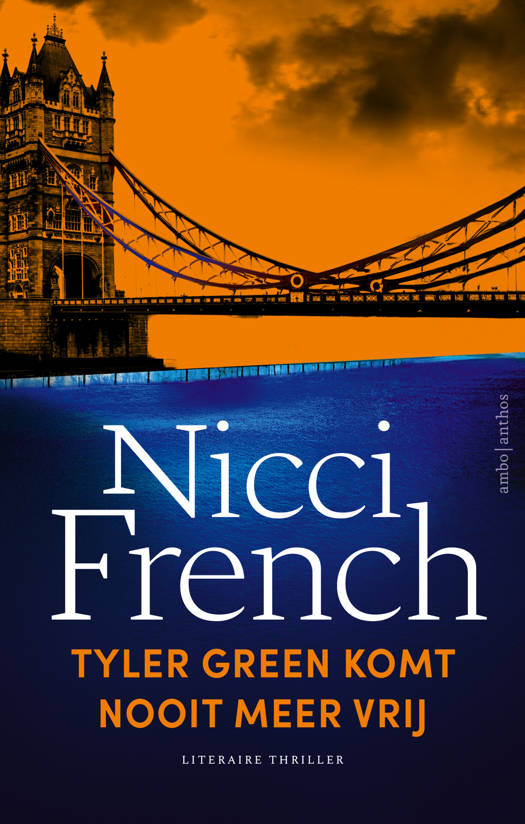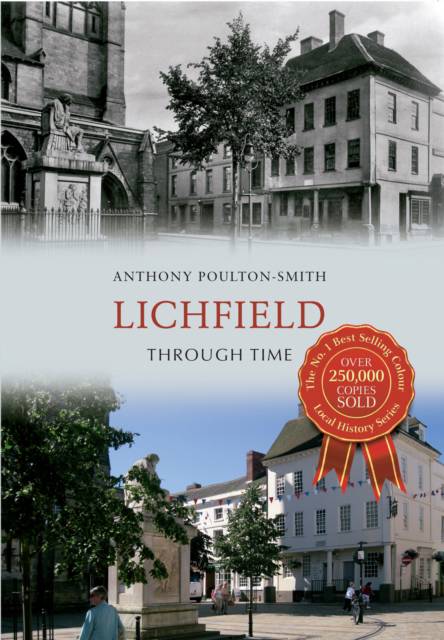
- Afhalen na 1 uur in een winkel met voorraad
- Gratis thuislevering in België vanaf € 30
- Ruim aanbod met 7 miljoen producten
- Afhalen na 1 uur in een winkel met voorraad
- Gratis thuislevering in België vanaf € 30
- Ruim aanbod met 7 miljoen producten
Zoeken
Omschrijving
The Romans and Celts were familiar with Lichfield but the Saxons put it on the map. St Chad built a church in Lichfield after bringing his bishopric of Mercia here in the seventh century, and the first cathedral was constructed soon afterwards. Lichfield became a county in 1553, with the office of Sheriff of Lichfield, a position which continues today. During the English Civil War the Royalist stronghold was besieged twice, the second time resulting in the collapse of the cathedral's central spire. Later centuries saw Lichfield become a city famous for its intellectuals. Among the most famous were Erasmus Darwin, David Garrick, Anna Seward and, possibly most famous of them all, Dr Samuel Johnson. Within these pages not only is there a comparison to be made between old and new views, but also glimpses into some of the lives of people who have contributed to this delightful city.
Specificaties
Betrokkenen
- Auteur(s):
- Uitgeverij:
Inhoud
- Aantal bladzijden:
- 96
- Taal:
- Engels
- Reeks:
Eigenschappen
- Productcode (EAN):
- 9781445609508
- Verschijningsdatum:
- 15/03/2013
- Uitvoering:
- Paperback
- Formaat:
- Trade paperback (VS)
- Afmetingen:
- 165 mm x 234 mm
- Gewicht:
- 308 g

Alleen bij Standaard Boekhandel
+ 44 punten op je klantenkaart van Standaard Boekhandel
Beoordelingen
We publiceren alleen reviews die voldoen aan de voorwaarden voor reviews. Bekijk onze voorwaarden voor reviews.











